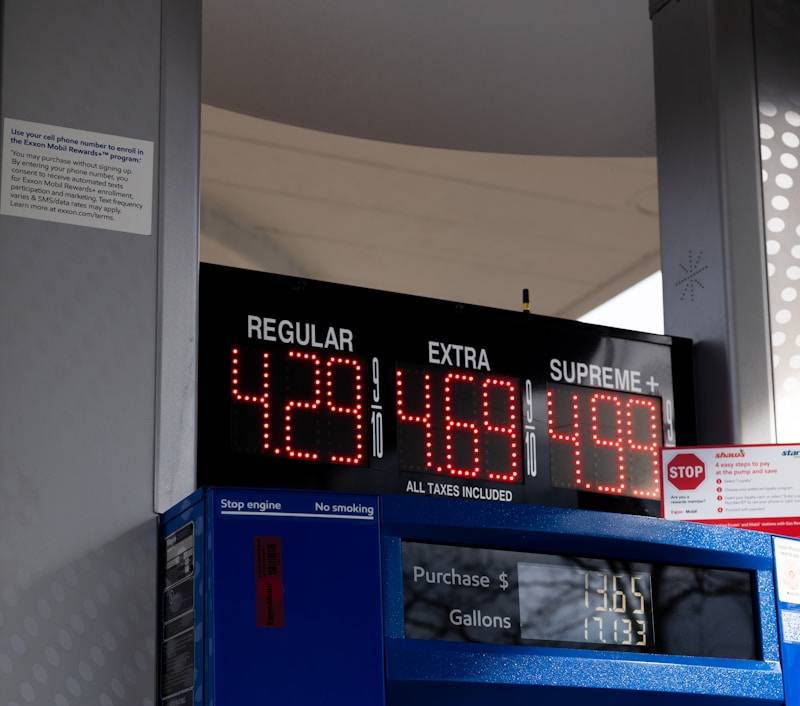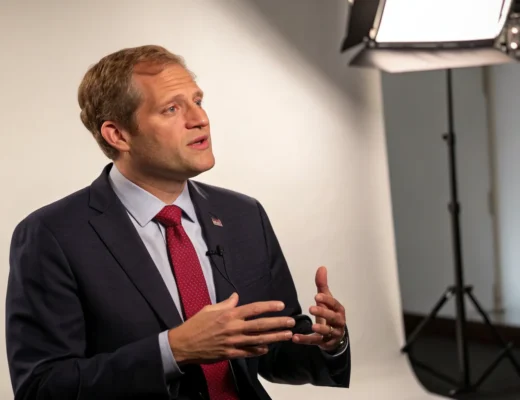What’s Driving the Renewed Price Pressure
Multiple factors appear to be contributing to this inflationary rebound. Energy costs have seen notable increases in recent weeks, with gasoline prices climbing at pumps nationwide. Food prices continue to rise at rates above historical averages, putting additional strain on household budgets. Housing costs remain a significant contributor to overall inflation, with both rental prices and home values continuing to increase in many markets despite higher mortgage rates. Service sector inflation has proven particularly stubborn, with prices for everything from haircuts to healthcare continuing to climb. Supply chain issues, while improved from their pandemic-era peak, continue to create bottlenecks in certain sectors, adding to price pressures for goods ranging from automobiles to electronics.Economic Implications
The renewed inflation surge presents a complex challenge for the Federal Reserve, which had been signaling potential interest rate cuts later this year if inflation continued to moderate. This acceleration may force the central bank to maintain higher rates for longer than markets had anticipated. For consumers, the impact is immediate and tangible. Household purchasing power continues to erode as wage growth fails to keep pace with rising prices for everyday necessities. This is particularly challenging for lower-income families, who spend a larger percentage of their income on essentials such as food, housing, and transportation. Businesses face difficult decisions regarding pricing strategies, as many are caught between absorbing higher input costs and passing them on to customers, potentially losing market share.Market Response and Expert Analysis
Financial markets have reacted to the inflation news with increased volatility. Bond yields have risen as investors adjust their expectations for future Federal Reserve policy, while stock markets have experienced selling pressure, particularly in sectors sensitive to interest rates. Economic analysts are divided on whether this represents a temporary blip or the beginning of a more sustained inflationary period. Some point to structural factors in the economy that could keep upward pressure on prices for an extended period. Others believe that the lagged effects of previous monetary tightening will eventually bring inflation back down, though perhaps not as quickly as previously hoped.“The path back to the Fed’s 2% target was never going to be a straight line,” noted one economist familiar with the data. “This acceleration represents a bump in the road rather than a complete change of direction.”The coming months will be crucial in determining whether this inflationary acceleration is transitory or represents a more persistent problem that requires additional policy responses. Consumers and businesses alike will need to adjust their expectations and plans accordingly as the economic picture evolves.







